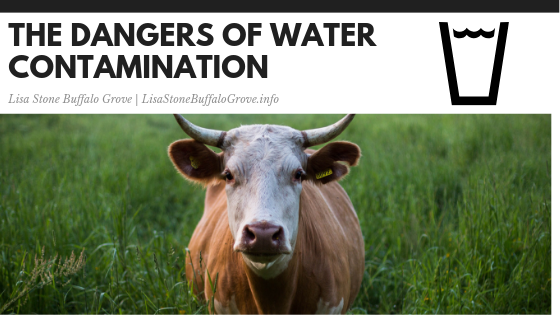The Dangers of Water Contamination
Water contamination is a common problem worldwide. In the United States, cross-contamination of water easily occurs in agricultural regions. Rain washes animal waste, fertilizers and pesticides into nearby rivers, streams, lakes and ponds. The polluted water sources are then often used to hydrate crops. The chemicals and microbes in the water are transferred to the plants and the produce they create. When consumed, the crops cause serious illness or infection. As the crops are typically shipped to many different locations in a variety of states, hundreds of people are affected.
Recent Outbreaks
A couple of well-publicized produce recalls occurred in 2018. Romaine lettuce grown in Yuma, Arizona became contaminated with E coli that caused five fatalities and more than 200 cases of illness. The infectious microbe was found after testing the Arizona canal, which was used for irrigation. Initially, investigators suspected the canal became contaminated by a nearby cattle feedlot. Feces produced by cattle commonly contain E coli. However, the strain causing the infections was not found in samples taken from the cattle. It remains unclear as to the origin of the water contamination.
In Santa Maria, California, a local farmer announced a recall of cauliflower, green and red lettuce after it was determined that romaine lettuce grown in Santa Barbara, California was contaminated with a strain of E coli. After a thorough investigation, it was determined that the Santa Barbara contamination originated from a nearby reservoir. Despite the precautionary Santa Maria recall, the produce was found to be safe.
FDA Involvement
Beginning in 2011, under the Obama administration, Congress ordered that produce growers were obligated to test water used to irrigate crops. In 2015, the FDA established rules for water testing and quality. However, once Donald Trump became president, many believe that the agricultural industry applied pressure to relax water-testing regulations. Thus, in 2017 the FDA announced that they would not force water safety compliance until after 2022. The FDA also reported that sometime in the coming years, they would revise requirements and regulations.
Despite the infectious outbreaks occurring in 2018, the FDA has not felt obligated to revisit the need to establish stricter regulations or to enforce the regulations. Discussions have hinted that the FDA may require less stringent testing or allow growers to create alternative methods of ensuring crop safety.
